How does actually work Waste separation sensible? Organic waste, recyclables, residual waste... There are so many different types of waste that can be generated when you're not looking for the Zero Waste Lifestyle lives. In this article I would like to give you an overview of the correct waste separation, so that you also in the future your Separate waste correctly can. Let's go!
Here is another short Table of contents about the article:
Why waste separation is so important
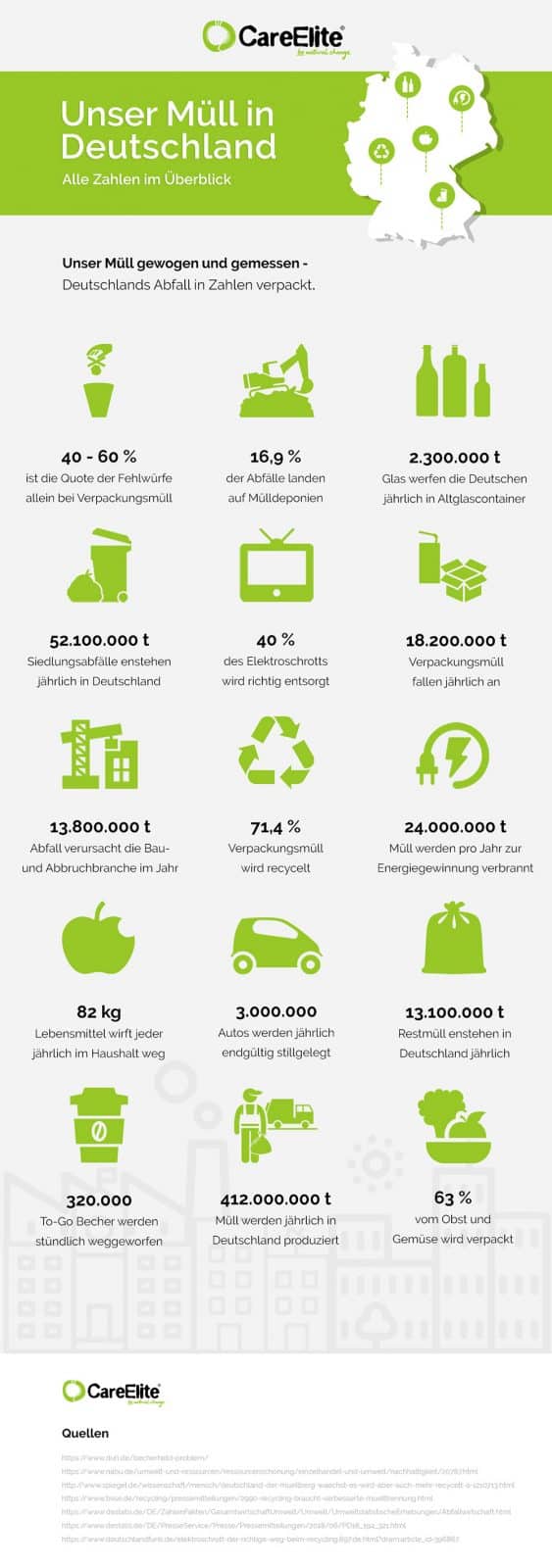
We have been recycling our waste in Germany since the 80s. But why do we actually have to separate our waste properly for this? The answer is clear: The Plastics recycling is a very costly and resource-intensive process for conserving partially limited raw materials from nature. To minimize the effort required to recycle plastic and the like, we carefully separate our household waste into different garbage cans, which I'll explain in more detail in a moment. If we were to forego waste separation, all raw materials would be treated the same and ultimately incinerated. In addition, hazardous materials from medicines and batteries would be treated the same as non-hazardous waste. This would not harm our nature any less than the Plastic waste in the environment.
That's why it's simply tremendously important that we reuse preserved raw materials as much as possible.
We therefore divide our waste into the following Categories one:
- Recyclables (yellow garbage can, recycled as much as possible)
- Paper (blue garbage can, will be recycled)
- Glass (glass container (white, brown, green), is recycled)
- Organic waste (brown or green garbage can, will be composted)
- Residual waste (also called household waste, black/grey garbage can, is incinerated)
- Hazardous waste (is incinerated or disposed of)
Well-sorted waste is also good for your wallet. This is because waste disposal companies pass on higher costs to the consumer due to the increased effort required to sort the waste. But what exactly belongs in which garbage can? Here's the answer step by step.
What belongs in the recycling garbage can (yellow garbage can)
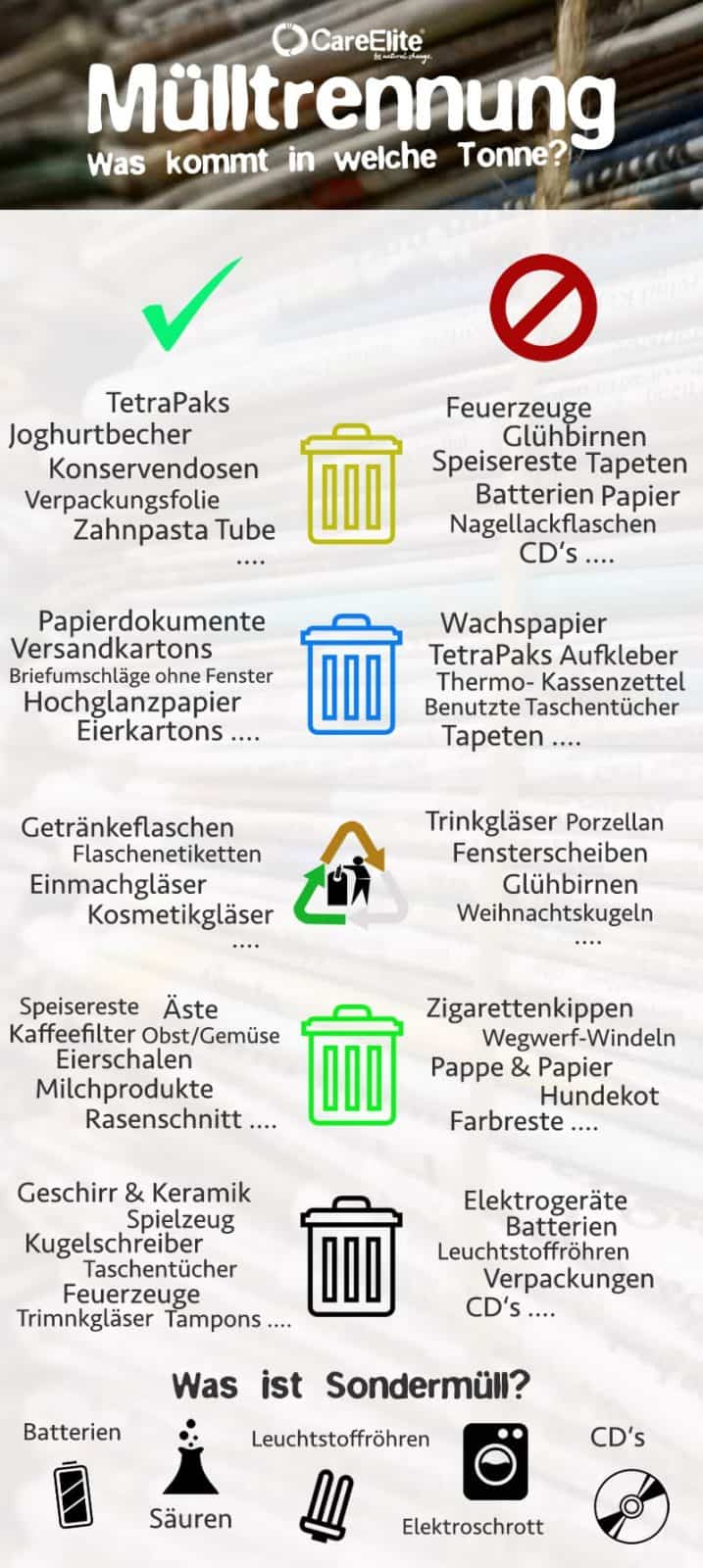
Basically, you can say that protective packaging made of metal, plastic and composite material dispose of in the yellow garbage can must. The packaging should be empty, but rinsing is not necessary. Here are some examples of the things you should dispose of in the yellow bag or the yellow garbage can. In parentheses I put you in each case the plastic-free alternative, so that you in the future Avoid plastic waste can:
- Yogurt cup (Alternative: yogurt from the jar)
- Cheese packaging (Alternative: Have cheese placed in containers you bring with you).
- Tetra-Paks (Alternative: milk from the glass bottle or Make macadamia milk yourself)
- Shampoo / shower gel bottles (Alternative: Natural soap in a bar)
- Nets of potatoes, oranges & co. (Alternative: Unpacked in the Fruit and vegetable net buy)
- Packaging films e.g. from toilet paper (Alternative: butt spray or unpacked toilet paper buy)
- Styrofoam parts from packaging (Alternative: buy second hand goods)
- Cans & Crown Corks (Alternative: drinks from the glass or from brought along Drinking bottle drink
- Empty toothpaste tube (Alternative: Make toothpaste yourself)
- …
This list can go on forever. As consumers, we don't have to rinse yogurt pots, for example, but they should be empty. Also, we must not put them inside each other, because all plastic parts have to be recycled individually and the effort would be increased unnecessarily.
Waste separation in the glass containers
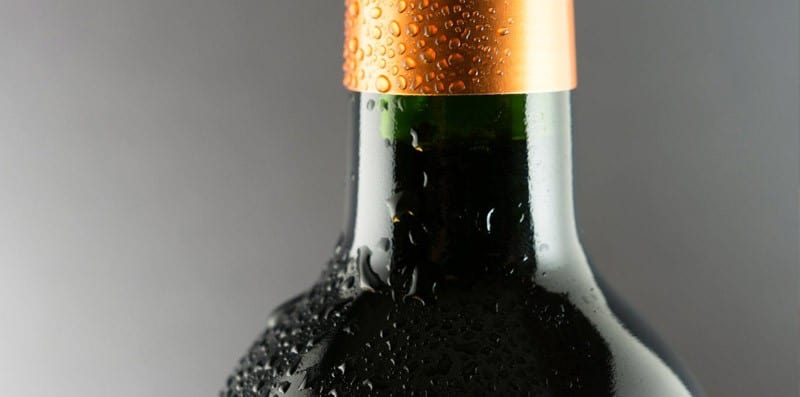
If you want to separate your garbage properly, you need to Throw glass waste into the color matching green, brown or white container. But even with glass, caution is advised - because not all glass is the same.
Questions & Answers about glass waste separation
It is easier to clarify common questions about waste glass disposal and discuss exceptions than to list the glasses that go into the glass containers. Following are the most important tips and hints for the disposal of glass of any kind.
Which glasses belong in the bottle banks?
If you want to separate your waste properly and do something good for the environment, you should dispose of ordinary beverage bottles (deposit-free), preserving jars or even cosmetic jars in the bottle banks.
What about blue or other different colored glass bottles?
Of course, there is also blue, yellow or red glass. In this case, you don't have to despair in front of the glass containers, but can simply throw this glass into the green container, since green glass is compatible with the other colors. With white glass, on the other hand, other colors would cause contamination.
Do labels & closures cause problems?
Egg labels are removed from glasses in the recycling process, but caps should be removed in the household and usually disposed of in the yellow bag. Corks from wine bottles can be disposed of in the residual waste or recycled into coasters for kitchen pots, for example.
What does not belong in the glass containers?
In addition to bottle caps, the following items also do not belong in bottle banks:
- Ceramics & Porcelain (belong in the residual waste)
- Window writing (also belong in the residual waste)
- Light bulbs (normal light bulbs belong in the residual waste, energy-saving bulbs in the hazardous waste).
- Christmas balls (belong in the residual waste instead)
- Drinking glasses (due to a different composition, drinking glasses belong in the residual waste).
- …
Do I need to rinse the jars before disposal?
As with plastic yogurt pots and the like, you don't have to rinse out the jars completely. On the contrary: Save the Water and save the environment, because enough water is used in the recycling process.
Separating waste paper - What goes into the blue garbage can?
Paper is made from the natural resource wood. Therefore, we should handle it carefully and also separate paper waste properly. There is a blue garbage can for the disposal of waste paper. But what all belongs to the waste paper?
- Cardboard (shipping) boxes, as well as paper packaging
- Envelopes without window (Window belongs in the recycling garbage can)
- Newspapers, books and magazines
- Corrugated board
- Paper documents
- Egg cartons
- Paper bags
- Glossy paper
- Wrapping paper
- …
If the green dot is printed on the packaging, you can dispose of it in any case in the waste paper. However, the green dot has not been a relevant factor for many years and does not have to be printed on the packaging. But if it is printed, you can be sure that the waste belongs in the blue garbage can.
What must not be disposed of in the waste paper?
Of course, there are also many things that are mistaken for paper waste and are mistakenly disposed of in the blue garbage can. If you want to separate your waste properly, you should rather dispose of the following things differently:
- Used napkins, kitchen towels & paper plates (residual waste)
- Wax paper (residual waste)
- Wallpapers (residual waste)
- Thermal paper receipt (residual waste)
- Tetra-Paks (recyclables)
- Glued posters (residual waste)
- Stickers & Post-It's (residual waste)
- …
So not all paper is the same. However, this information should help you to separate your waste properly in the future.
Organic waste - What belongs in the brown & green garbage can?
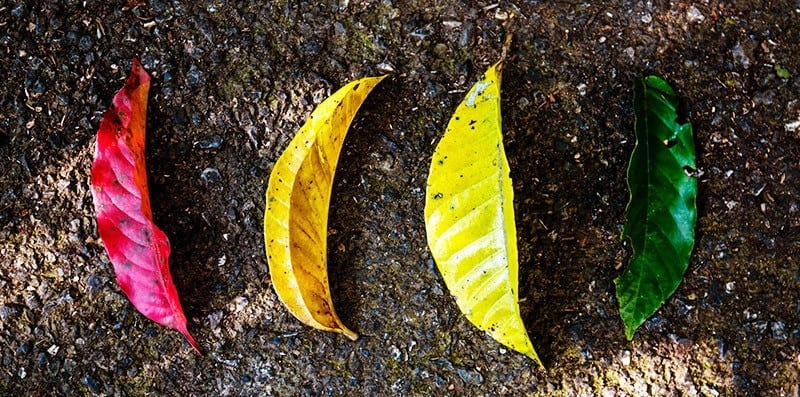
You can dispose of plant and animal waste in the organic waste garbage can (green or brown garbage can). Balcony plants, eggshells and fruit and vegetable waste, for example. It is important to know that you should not collect organic waste in a plastic bag or in a garbage bag made of bioplastics. Either way, these bags have to be sorted out at great expense in the recycling process. The alternative: Either you compost in the garden or in the kitchenUse a paper garbage bag or fold your own garbage bag from newspaper.
For proper waste separation, dispose of the following items in your organic waste, for example:
- Coffee & Tea Filter
- Leftovers (fish, sausage, cheese, bread, etc.)
- Eggshells
- Balcony plants
- Fruit and vegetable waste
- Paper bags/newspaper of the organic waste
- Dairy products
- Lawn clippings
- Bushes/branches
- …
What does not belong in the organic waste?
As with all other types of disposal, there are of course many exceptions to organic waste that do not belong in the green/brown garbage can. Here are a few examples and in parentheses the variant with which you do the waste separation correctly:
- Cigarette butts (residual waste - see also Cigarette butts in the environment)
- Disposable diapers (Residual waste - for avoidance see the article Diaper free - diapering without diapers)
- Cardboard/Paper (waste paper)
- Wood products (residual waste)
- Dog excrement (residual waste due to pathogens, etc.)
- Oil & paint residues (hazardous waste)
- Metal (larger parts to the scrap yard, small parts to the residual waste).
- Plastic (recyclables)
- …
This list could also go on indefinitely. But once you've worked through this article, you'll know exactly what belongs where and how to separate your trash properly.
Residual waste - What belongs in the gray/black garbage can?
Residual waste is waste that cannot be reused or recycled. In other words, everything that is not disposed of in the yellow, green and blue garbage cans, in the glass container or in hazardous waste. As a rule, the gray or black garbage can accounts for the largest share of our total waste. To help you dispose of your garbage properly in the near future, I'll give you some examples of things that belong in the residual waste:
- Tableware & Ceramics
- Pads, Tampons & Diapers
- Handkerchiefs
- Incandescent lamps (Energy saving lamps are hazardous waste)
- Toys of any kind
- Window glass
- Ball pen
- Drinking glasses
- Cleaning cloth
- Chewing gums
- Floppy disks (CD's are hazardous waste)
- Lighters
- …
And what does not belong in the residual waste?
The term "residual waste" is very general, which is why the right things don't always end up in the black garbage can. Here I would like to list some things that do not belong in the residual waste, but still end up there more often:
- Electrical appliances (hazardous waste, see Dispose of electrical appliances correctly)
- Batteries (hazardous waste)
- Plastic (recyclables)
- Packages (recyclables or waste paper)
- …
What all belongs to hazardous waste?
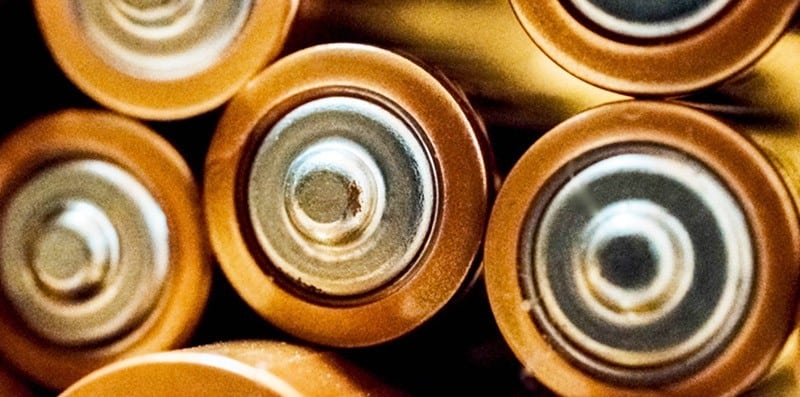
What is actually hazardous waste and how can I separate this waste properly? Hazardous waste is things that contain harmful substances such as mercury and must therefore be disposed of separately. Hazardous waste is, for example, explosive, pathogenic, hazardous to health, hazardous to water or hazardous to air. When separating waste, the following items, for example, count as hazardous waste:
- Fluorescent tubes (drop off at an electronics retailer or a local recycling center)
- Nail polish bottles (Nail polish remover/ turpentine, shake, fill toxic liquid into a jam jar, clean jar into glass container, lid into plastic waste, take jam jar to a hazardous waste collection point).
- Electric waste (see Dispose of electrical appliances correctly)
- Acids (waste disposal company)
- Batteries (supermarkets, gas stations, electronics retailers...)
- Cork (Disposal at recycling centers or at the NABU cork campaign)
- CD's (Plastic cover to recyclable waste, CD's collected to recycling centers)
- …
Separate garbage properly - Is simple, right?
Once you have learned a little about it, waste separation is really uncomplicated and you have learned something for life. Because only very few people know how to separate waste properly. As unfortunate as that is, a lot of educational work still needs to be done, especially on the subject of waste separation. It is also important to raise awareness of the Environmental protection in school and explain there how to separate your garbage properly. But it is even better not to let the garbage arise in the first place and to look after the Zero Waste Lifestyle to live. Of course, garbage cannot be avoided completely, but then we should at least dispose of it in the right garbage can.
Do you have any questions, suggestions or your own experiences with waste separation that you would like to share with us? Then I look forward to your comment under this article.
Stay clean,
PS.: Be sure to also read my article about the Plastic production through. As a small thank you for your visit to CareElite I would like to give you give here my e-book "Get rid of the garbage" as a gift. Have fun!




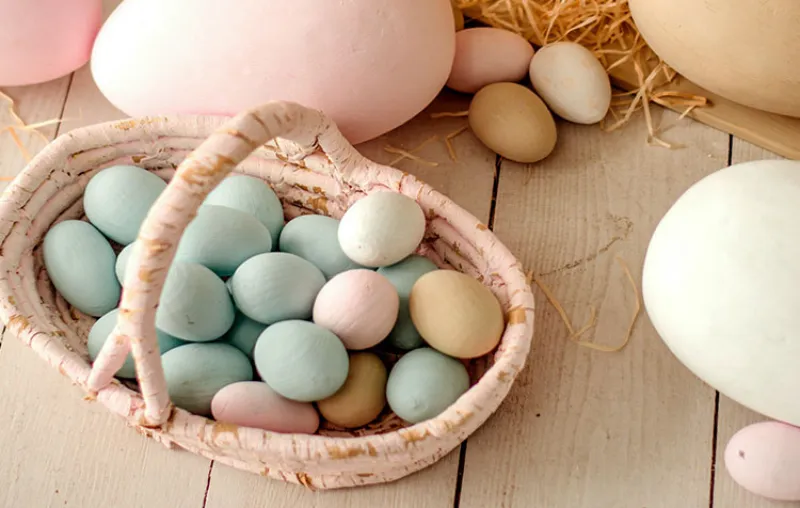
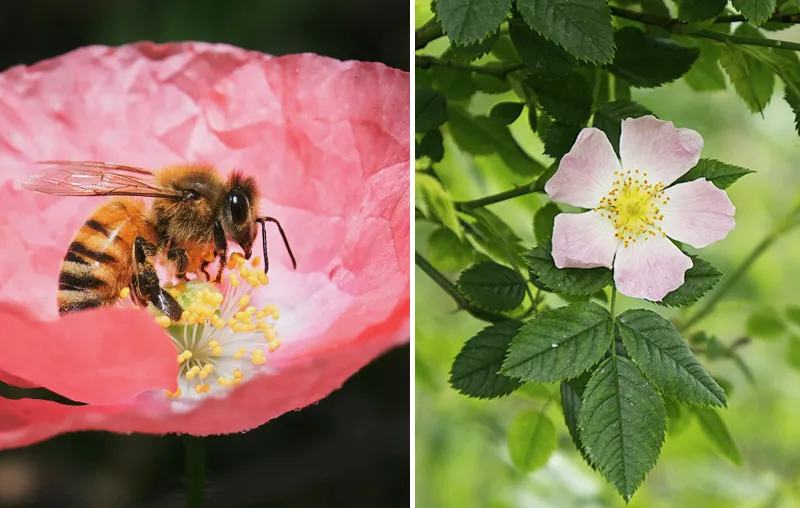
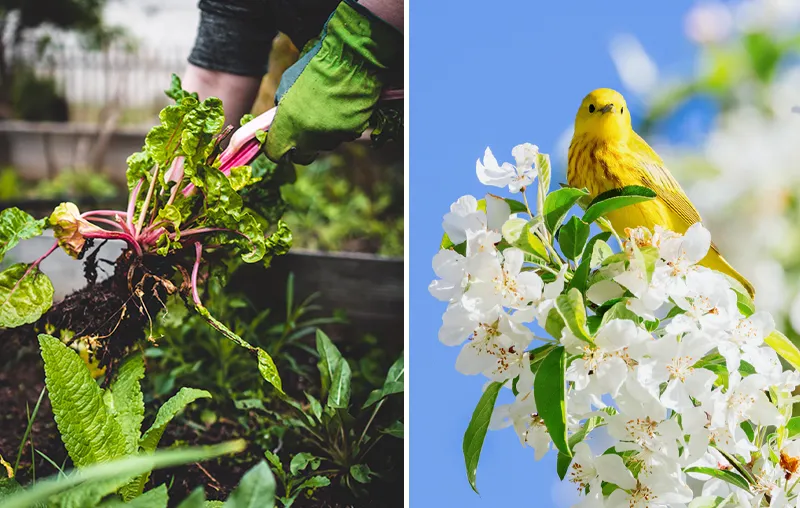
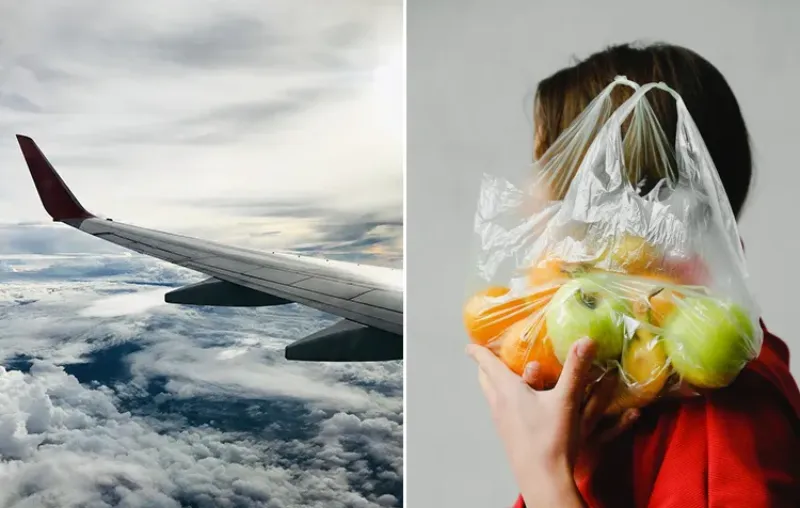
Thank you for the post on waste separation. My brother needs to plan for food waste disposal at his cafe and buy a grease trap. Good to know that residual and hazardous waste are mostly incinerated.
Dear Christoph,
I think it is great that you are so committed to a clean environment.
I come from Hamburg, but grew up in a boarding school in Lower Saxony in my youth. In Lower Saxony, we were really taught to separate garbage CORRECTLY, Hamburg lagged behind comparatively.
That was over 20 years ago now and I can hardly believe that separating waste still causes such difficulties, is not separated properly, is not firmly anchored in people's minds.
For example, stacked yogurt pots and their unseparated lids, handkerchiefs, cellulose in general, which are always found in the paper garbage can, toothbrushes in the yellow garbage can, and, and, and
Sometimes I feel a sense of powerlessness.
Whether I turn times to the senate, which should commit the different responsible ones to it, per house, a striking (not everyone can read, or speaks our language) shrink-wrapped foil in the garbage room of the respective house, to have to fasten and each house obliges to have to please itself that. It cannot go nevertheless that after 40 years, the municipalities still do not know, how one separates. And certainly, things are in the network, but those who are only marginally interested in the whole thing, do not look for it.
Once again back to Lower Saxony in my youth. There, the yellow garbage can, that was at the end of the 80s, was emptied by the city when there was chaos in the garbage can.
Certainly, the consumer, the consumer, should be self-responsible.
Unfortunately, that is conditionally so and there I find that the policy, their children lets hang! The should, party independent, ensure that their children are properly educated. The whole issue makes me so nervous and always stunned. I think it's great that you are committed, all love, Emily
Hey Emily! Thanks for your great feedback. Yes, you're right about that. Everyone MUST know how to separate trash properly. That the waste separation differs somewhat from region to region, complicates the whole thing unfortunately....
But cheer up, we'll all keep on clearing things up! 🙂
Many greetings,
Christoph
Thank you for an educational article! The instructions for the garbage cans should remain hung at each collection point, because our neighbors leave their construction waste here. With the expert help, he large pile of garbage was disposed of quite quickly in our case, so that no bacteria find themselves at home here in the summertime:) Thank you!
Hi Helga! Thank you for your feedback 🙂
Stay clean,
Christoph
Separation into the individual containers is very important. It's a pity that some people have a hard time with it. After all, the disposers themselves have to deal with the impurities.
Hi Mia! Yes, that's absolutely right. The problem is that people want to get rid of garbage as quickly as possible and without much effort. Thus, for example, batteries sometimes fly into the plastic waste, instead of returning them normally.
Stay clean,
Christoph
So everything actually goes into the yellow bag, although it actually says: packaging made of two types of plastic, plastic packaging for cheese or other fatty foods cannot be recycled at all? So that's where the high numbers of yellow bag waste that is not recycled but incinerated come from? (70% apparently since China no longer takes our garbage).
I haven't really been in Germany for 2.5 years so I'm asking 😀 I know that in other countries recycling is done very differently and a lot more is not allowed in the recycling garbage can.
Greetings
Jule
Hi Jule! Exactly, but that can also vary from region to region, that is unfortunately not a completely uniform system.
Stay clean,
Christoph
Wow. Super informative article. I actually always try to separate garbage properly. However, your article has shown me many opportunities for improvement.
Thanks for the guide !
Hello Alexander,
thank you for your feedback and your positive attitude!
Stay clean,
Christoph
Perhaps you could add for the disposal of wine corks that there are collection points for corks. Mostly it is wine shops that collect the corks and forward them to the right places. But maybe there are other collection points.
Hello Christian!
Great, thanks for the tip! It's really crazy how much cork is burned every year.
Many greetings
Christoph
Comments are closed.